The History of 420: The Meaning, Myths, and Real Origin
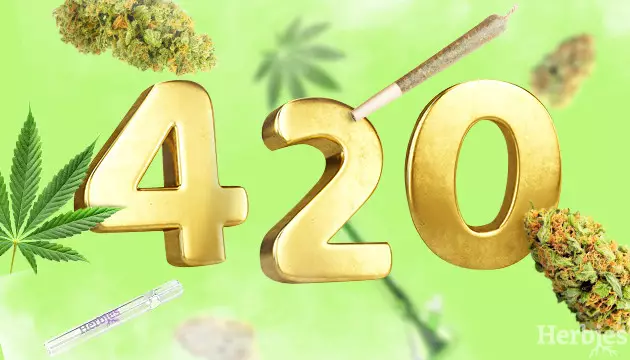
As we draw near to April 20th, a date loved and cherished by the cannabis smoking community, it’s only fair to visit the humble roots of the famous stoner-centric number and delve into the history of 420.
Where did this number come from? Who is responsible for its connection to cannabis smoking? And why is it so special after all? Keep reading to unveil the mystery behind this elusive yet popular number, bust a couple of popular 420 history myths, and get ready to score with Herbies’ epic 420 deals to keep you occupied all April long.
What Does 420 Stand For?
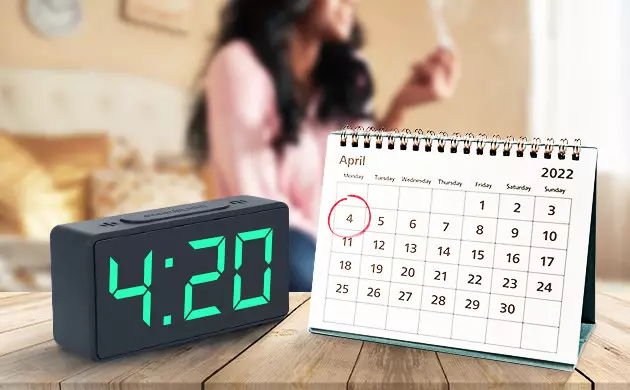
Before we get into the exciting stuff and explain once and for all the history of 420, let’s break it down for those who are new to the cannabis scene.
420, often written as 4:20, or 4/20, refers to both the date 4/20, as in the 20th of April, and the time 4:20, either am or pm. In the marijuana community, 420 has become strongly associated with weed and is often used as an invitation to smoke cannabis.
Many weed smokers will use 420 as an opportunity to smoke. So, if a buddy asks if you want to come over for 4:20, be prepared to bring snacks because you’re about to get hungry!
On the same note, the date 4/20 has become something of an international holiday for weed smokers around the world. People meet, light it up together, and simply think about the reasons why they love cannabis.
Busting Myths of the Origin
On that note, many smokers partake in the 420 smoking tradition on either the date or the time without knowing or wondering why they’re doing it, other than the fact that it’s a good excuse to blaze one with their buddies.
However, most smokers at some point or other do raise the question, only to be met with a range of stories from old police codes to some pretty far-fetched theories.
Myth 1: 420 is the Police Code for Weed
One of the most well-known origin myths for 420 is the police code myth. This myth in 420 history dates back to a poster handed out at a Grateful Dead concert in 1990. The poster, handed to reporter Steven Bloom, is said to have read, “We are going to meet at 4:20, on 4/20, for 420-ing in Marin County at the Bolinas Ridge sunset spot on Mt. Tamalpais.”
On the back of the poster came an explanation for the history of 420, stating that in the late 70s in San Rafael California, 420 was the police code for “Marijuana Smoking in Progress.” After this, the poster claimed that local pot smokers adopted the term 420 to reference smoking weed and that this was the origin of the term.
However, there is no proof of this claim. It’s more likely a cool backstory created by the person behind the poster – an urban legend of sorts to encourage more weed enthusiasts to continue the trend. More on this later!
Myth 2: There are 420 Active Chemicals in Cannabis
Another popular myth about the history of 420 is that there are 420 active chemicals in cannabis herb. This one is simple and easy to bust, as the number of chemicals, including cannabinoids and terpenes, is much closer to 500, despite older studies from the 2000s registering just over 400.
Even if there were just over 400 active chemicals in cannabis, no two plants are the same! Each strain or subtype of cannabis has its own number of cannabinoids and terpenoids, making this claim obsolete.
Myth 3: A Bob Dylan Song Equation
The last myth worth mentioning – as there are others so “out-there” that we’d rather leave them in the dirt – is the Bob Dylan song origin of 420.
This myth claims that the history of 420 dates back to a song released by Bob Dylan in 1966 that references marijuana. The song is titled “Rainy Day Women #12 & 35” and contains the lyrics “Everybody must get stoned.”
Because 12 multiplied by 35 equals 420 and the song references marijuana, many weed smokers claim that this is the official first link between 420 and smoking cannabis. However, there’s no actual recorded reference to the number 420 in the song or by Bob Dylan at this time. The fact that 12 and 35 multiplied equals 420 is simply a convenient coincidence.
The True History of 420
Myths and legends aside, the true history of 420 is a little more obvious. Like many popular phrases and quotes, it all started with a group of friends whose secret code for smoking weed caught on like wildfire.
After speculation started about the origin of 420 and its relation to weed, reporter Steven Bloom, the same reporter who was handed the 420 flyer in 1990, went on the prowl for any proof of the term's true origins.
Without knowing it at the time, the reference to San Rafael on the back of the flyer was a clue! With some digging into this 420 history, a group of college students from the San Rafael High School was brought to light.
This group of five friends was known as The Waldo’s due to their favorite meet-up spot behind a school wall, where they’d gather to light up at exactly 4:20 pm every other day. According to three of the known friends, Steve, Dave, and Mark, their group coined the term 420 for smoking weed in 1971.
Some of the proof they have includes:
- An old 420 flag they created in the early 70s
- Numerous letters to each other using 420 to discuss weed smoking
- A San Rafael school newspaper with a 420 reference
- And a consistent and detailed story
Lastly, how the term spread from this small group to the rest of the world comes down to luck and good connections. The group traces it back to their connection to the Grateful Dead band, as they were always backstage hanging around that crowd, using the term and passing joints around with a casual “420.”
From there, it caught on, making its way onto the flyer, which landed in reporter Bloom's hands and who brought a lot of attention to the initially assumed origin of the phrase.
And so it spread to the rest of the world, ending up in pop culture references such as the clocks in Pulp Fiction or the 2003 medical marijuana bill called SB420.
The Modern Era of 420

In recent years, 420 is a well-known household term for stoners across the globe, and the 4/20 weed smokers holiday marks an example of how times are changing for the marijuana movement.
With that, much like any other holiday, it has become somewhat over-sensationalized, with businesses around the world using it as a way to boost sales during this time. As the world continues to loosen its grip on marijuana's legalization status, we can likely expect this holiday to continue to grow in a more mainstream fashion.
Terms With the Territory
With each year that passes and each state that passes legalization bills, new terms are popping up within the marijuana smoking community. There has never been a greater time in 420 history to be alive than the present!
The latest term to watch out for is “420-friendly,” which confirms that an establishment accepts weed smoking. It can also be used to describe any place or person who accepts weed-smoking. So, the next time you go out for a bite, watch out for this new-age pot-smoker welcome!
Celebrate 420 With a Blast
Now that you know the closest thing we’re going to get to the true history of 420, it's time to get prepared for this momentous weed-lovers holiday.
Make the most of your April 20th and keep your eyes peeled for Herbies’ epic 420 deals coming your way. Treat yourself or a weed buddy to our 420 sale and get ready for your next 4:20 blast.
Happy 420! You won’t want to miss out on this one.
Herbies Head Shop expressly refuses to support the use, production, or supply of illegal substances. For more details read our Legal Disclaimer.


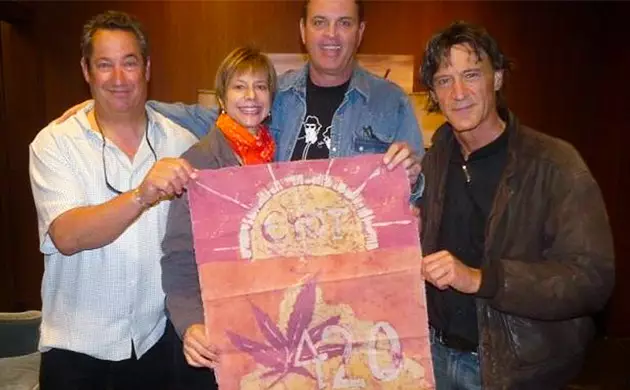
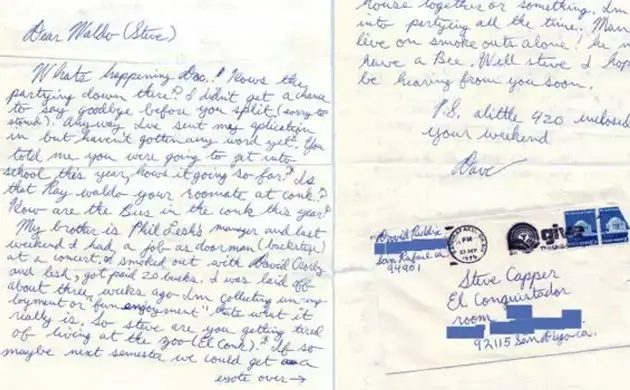






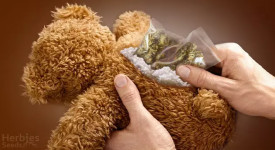

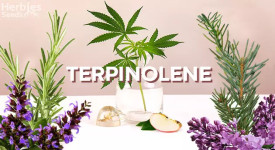
Thank you for leaving a comment for us!
Your feedback will be posted shortly after our moderator checks it.
Please note that we don’t publish reviews that: